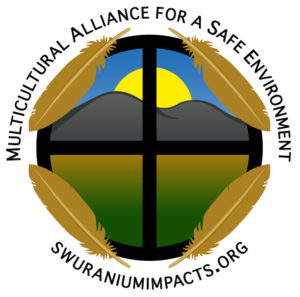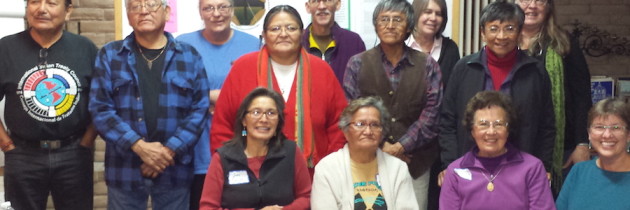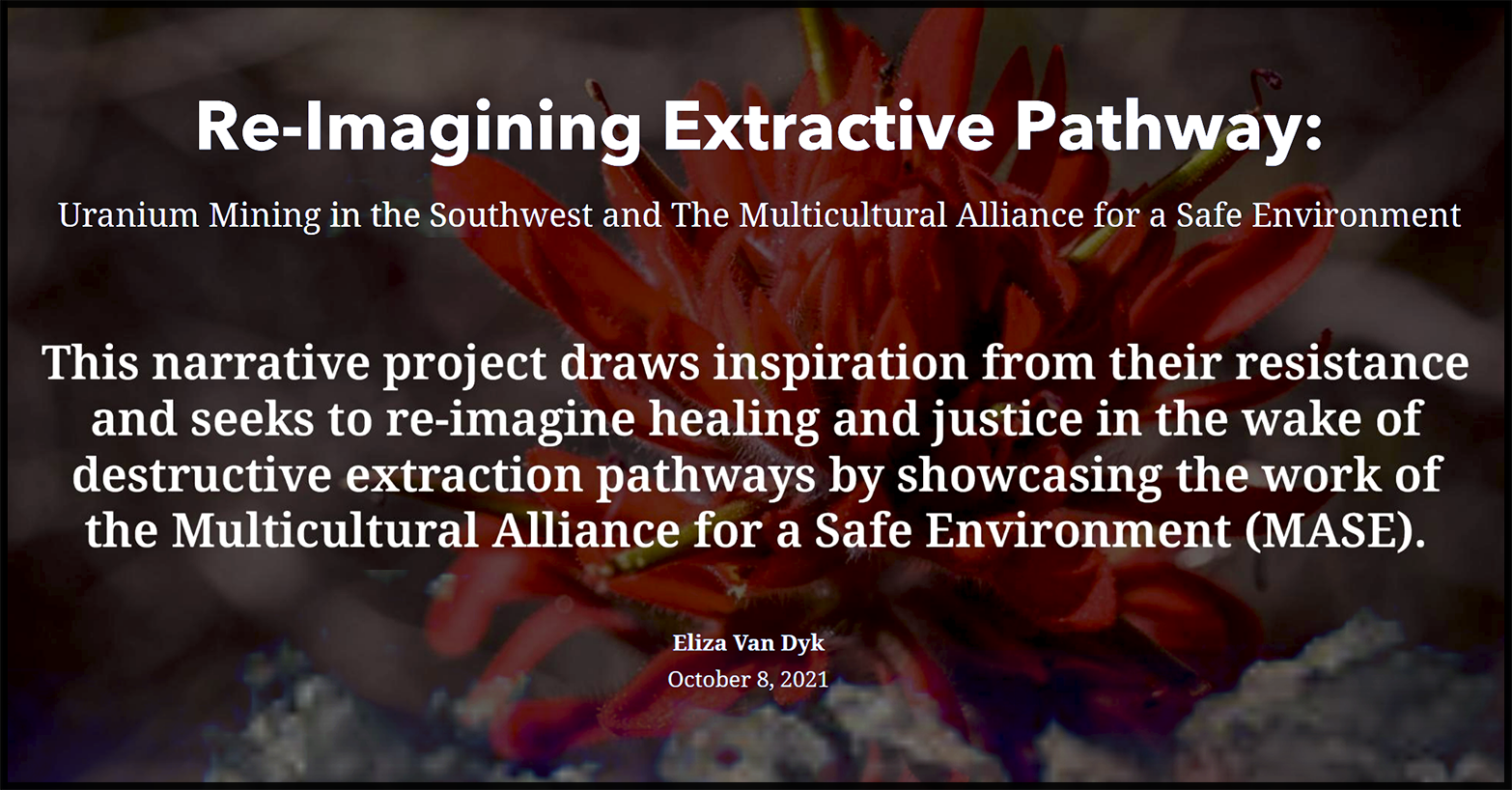NM has already done its share for the nuclear age
Published March 23, 2019 Albuquerque Journal North
New Mexico is poised to become the Nuclear Waste Dump State for the United States. Nuclear waste from nuclear weapons and waste from commercial nuclear power reactors are all heading to our state if we don’t fight back.
There are efforts by the Energy Department to magically change the long-standing classifications of high-level nuclear waste in order to find cheaper ways to address legacy waste. The Waste Isolation Pilot Plant (WIPP) has worked to gain approval to change the way they measure the amount of waste allowed so they can bring even more transuranic waste to the facility. There are attempts to bring additional contaminants to WIPP that are outside of the original agreements made with the state.
And now we face a new threat with the proposed Consolidated Interim Storage (CIS) site being planned for Eddy and Lea Counties to become the holding facility for high level nuclear waste from reactor sites across the United States for up to 120 years.
Currently the Nuclear Waste Policy Act (NWPA) does not allow the private storage or ownership of high-level nuclear waste from commercial reactors. Unfortunately there is an effort to amend the NWPC to allow CIS of commercial waste until a permanent repository is established.
The state of New Mexico has not conducted any serious environmental review of the project proposed by the Holtec Corporation. Some items raising red flags are listed below:
- Holtec has no plan for repairing leaking canisters on-site or along the transport routes. They told the Nuclear Regulatory Commission (NRC) that they would return all leaking canisters back to the sender.
- Transport by rail, barge, or highway across 38 states could begin without any uniform plans for accidents along the way.
- There is no plan to inspect or replace storage canisters that are damaged at the reactor sites or subjected to corrosive elements in the atmosphere or ground beneath them and it may not be safe to try.
- No usable technology currently exists to monitor the spent fuel canisters once they have been emplaced in storage containers.
- A privately-owned and operated enterprise cannot guarantee that there will be no safety lapses or releases over an accumulated licensing period of 120 years, or even during the first 20 years in above-ground storage.
Alternative remedies include storing the existing high level nuclear waste in sturdier thick-walled steel canisters that can be safely inspected for damage and repackaged and keep them at the reactor sites until a permanent repository is built.
While checking on the lifespan of Holtec’s storage canisters, we found out that neither Holtec nor the NRC is willing to look at cask integrity beyond a 20-year licensing period. This is frightening news considering that untreated spent nuclear fuel must be isolated from air, water, and humans for hundreds of thousands of years.
Damaged thin-walled canisters are already in place at nuclear reactor sites such as San Onofre in California, placing nearby residents and Pacific coastal communities at risk, not to mention accidental releases to ocean waters. Risking the possibility of more damage while removing them from their current storage site is unnecessary, and transporting these damaged containers to New Mexico magnifies the risks of accidental releases exponentially.
If cracked and leaking nuclear waste storage canisters are props for a bad dream, then the dream of safely storing high level nuclear waste forever in containers that can’t be inspected or replaced is a nightmare beyond proportion.
Don’t Waste New Mexico. We’ve already done our share for the nuclear age. Quit producing more high-level nuclear waste until a permanent repository for this dangerous and long-lived waste is designated. States and communities selected to host the waste must give their consent before any of this hazardous material is moved from the site that produced it.
Signed:
Susan Gordon, Multicultural Alliance for a Safe Environment
Linda Evers, Post 71 Uranium Workers Committee
Candace Head-Dylla, Bluewater Valley Downstream Alliance
Edith Hood, Red Water Pond Road Community Association
Petuuche Gilbert, Laguna Acoma Coalition for a Safe Environment
Larry King, Eastern Navajo Diné Against Uranium Mining






